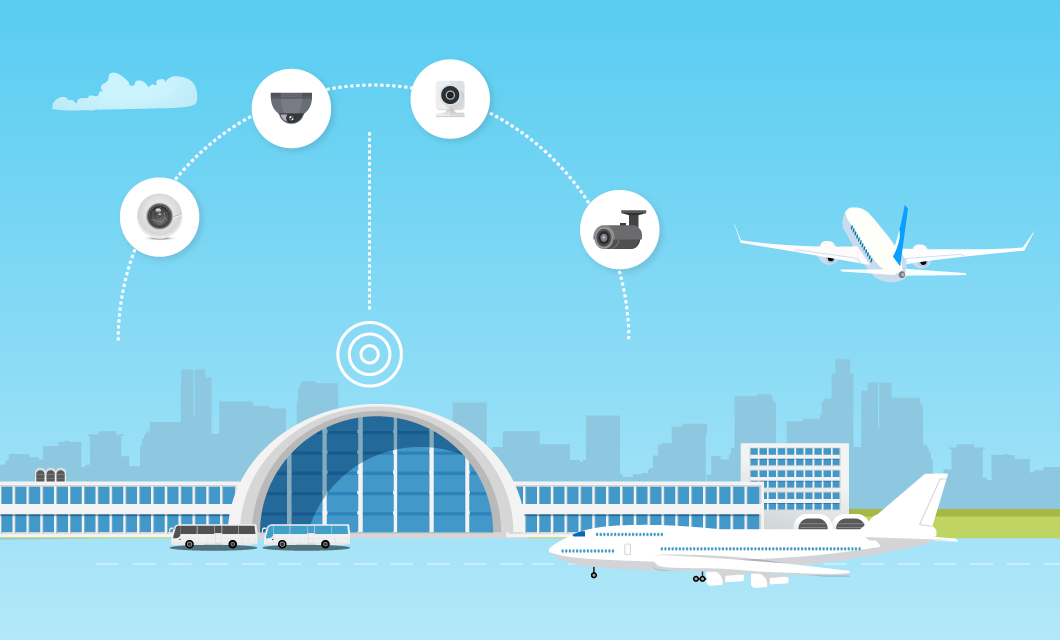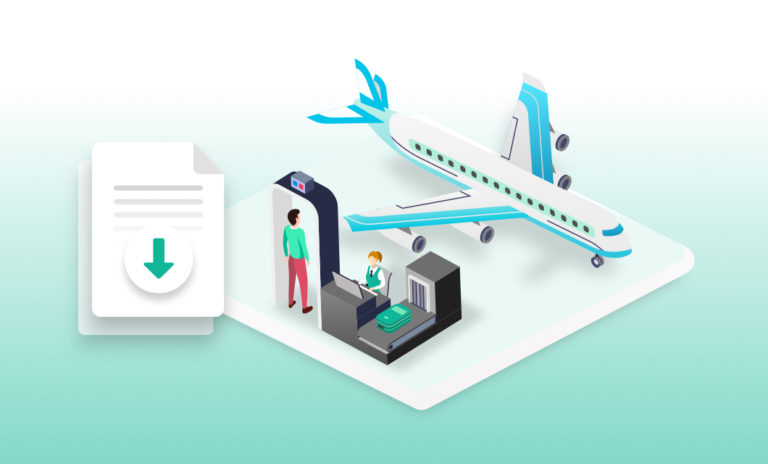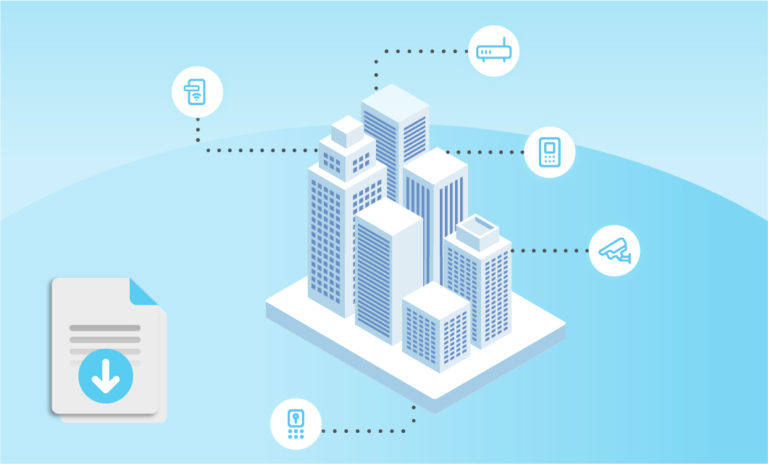
With Airports Council International (ACI) projecting that global passenger traffic will recover to pre-pandemic levels in early 2024, reaching 10.3 billion travelers by the end of the year, airports are gearing up for a resurgence of air travel. As always, the top priority is physical security. Airport security staff are responsible for preventing any threats or potentially dangerous situations from arising and thwarting illegal items or threats from entering an aircraft. Every corner of the airport facility must be monitored and secured, including check-in areas, baggage drop-off, security clearance gates, passport control, and waiting areas.
Security Staff Supported by Connected Devices
Recognizing that human staff alone cannot achieve the high security levels necessary, airports have deployed a fleet of physical security Internet of Things (IoT) devices to support airport security staff. Thousands of smart cameras, sensors, alarms, access panels, and other technologies ensure the safety of travelers, visitors, and staff. However, these devices do not exist in a vacuum: physical security teams are responsible for keeping these devices operational, compliant, and online 24/7 despite continuously evolving threats.
“Now Boarding”: IoT Operational Management
This has proven to be no simple task. An average airport has a wide range of physical security devices sourced from different manufacturers and spread across multiple critical and sensitive areas. Access control must be implemented for restricted zones such as the tarmac, hangars, traffic control towers, baggage areas, and airport data centers. Surveillance is required for perimeter fences, waiting areas, and retail facilities. With a large number of devices, types, and models, Physical Security teams are challenged with retaining a complete view of the deployed devices and their statuses. This makes it difficult to manage and support the devices from a maintenance and compliance standpoint, especially when done manually on a device-by-device basis.
When a physical security device malfunctions, the team often lacks visibility into the root cause of the issue, resulting in a lengthy time to resolve and inadequate security if a critically-located camera or access control system is down. In addition, if firmware is not upgraded or passwords are not rotated, devices can be vulnerable to cybersecurity attacks that can put the entire airport at risk.
Safer Travels thanks to Centralization & Automation
IoTOps is a practice that allows teams who are responsible for the operational management of physical security devices to manage them in a consolidated, automated and secure manner. IoTOps aims to provide a fully functioning fleet of devices no matter how large or geographically dispersed – and ensure uncompromised compliance, constant availability, and high levels of security.
Read this Case Study to learn how one airport’s physical security team gained real-time visibility into the status of each of its physical security devices, empowering them to keep the devices operational and compliant. Find out how taking a more reliable and efficient approach to the operational management of the airport’s physical security devices allowed security operations to run smoothly and consistently while minimizing security risks and ensuring all passengers and staff can travel safely.
Download the Case Study to learn more.




